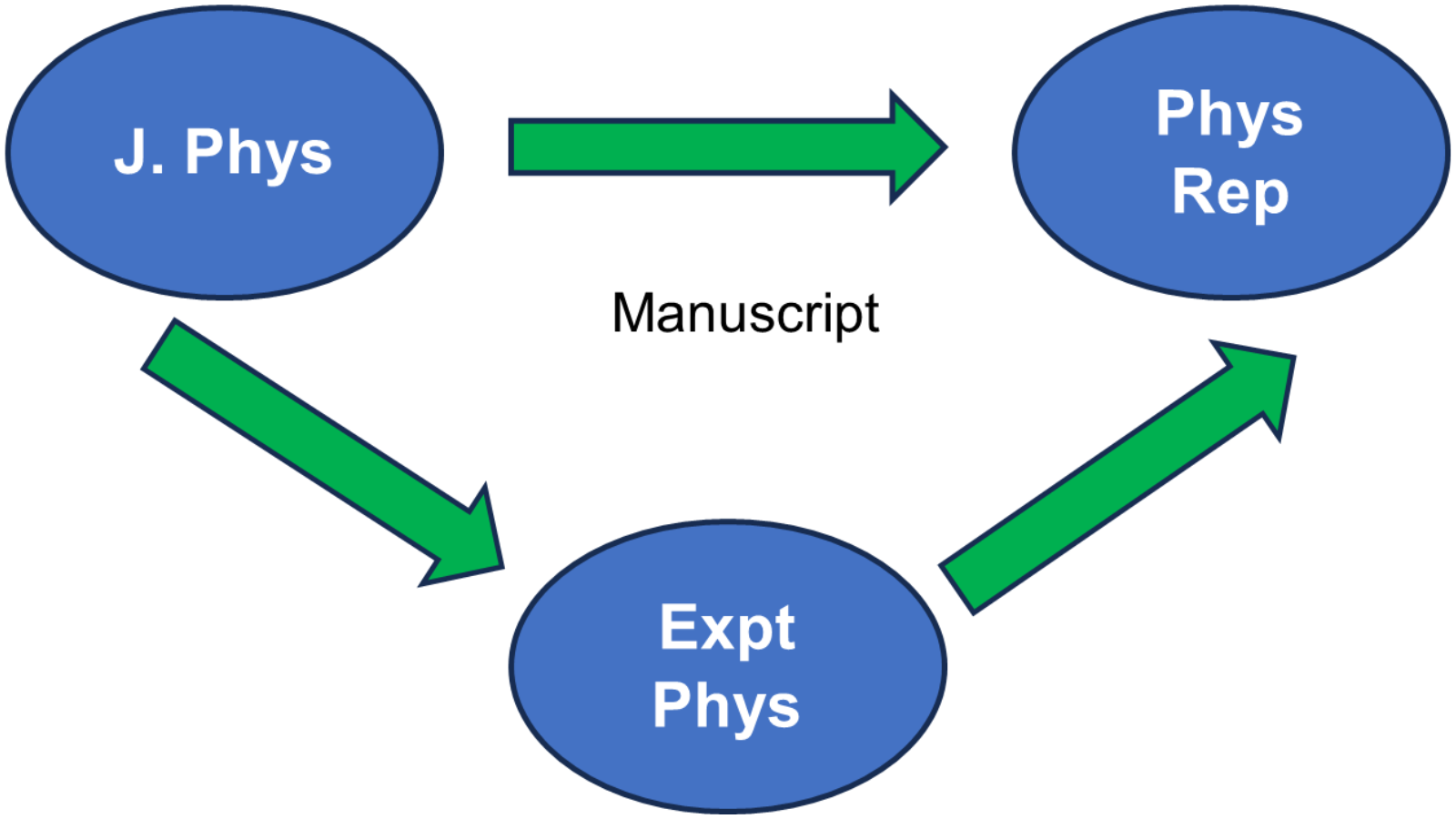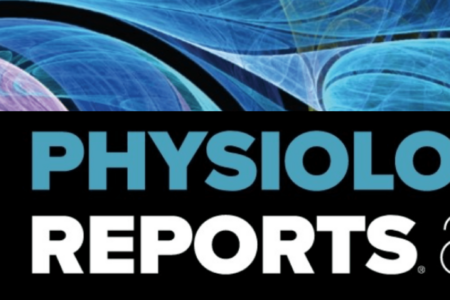This blog is part of a new series where we will be hearing from the Editors-in-Chief of our three journals, Physiology Reports, Experimental Physiology and The Journal of Physiology each month. Their blogs will be featured in our Research Roundup, a monthly newsletter, summarising the recent research published in our family of journals.

Professor Josephine C. Adams
Editor-in-Chief, Physiological Reports
It was a pleasure to meet up with colleagues during the recent Physiology in Focus 2024 conference, held in Newcastle, UK. A particular high point for me, as EiC of Physiological Reports, was to present the certificates to the three winners of Physiological Reports’ Early Career Researchers Abstract Presentation awards: Peder Berg, Aarhus University, Denmark; Giang Dao, Deakin University, Australia, and Maria Roxana, University of Aberdeen, UK. The Editors of Physiological Reports are delighted to be able to give back to the physiological research community by supporting these awards. It was great to see the enthusiasm of the winners for their research and future directions.
One topic of discussion at an Editors’ Training Hub session during the conference was the value of transferring manuscripts between affiliated journals. Of course, we all wish to be published in our first-choice journal, but for manuscripts that miss this goal, transfer to an affiliated journal offers authors the advantages of a shorter time to final publication, compared to starting a new submission process.
The Physiological Society’s ‘transfer triangle’
As a journal co-owned by The Physiological Society (TPS) and American Physiological Society (APS), Physiological Reports receives many manuscripts by direct submission and these direct submissions are increasing year by year. The journal also offers particularly broad possibilities for manuscript transfer. Physiological Reports is part of a ‘transfer triangle’ with the two journals of TPS, The Journal of Physiology and Experimental Physiology (see diagram).

Manuscripts may also be transferred from Acta Physiologica, the journal of The Scandinavian Physiological Society, and from the research journals of APS. It’s important to be aware that not all articles rejected by a supporter journal will receive an invitation to transfer: only those reporting studies that are well-conceived and scientifically sound will be offered a transfer. For manuscripts that have already been peer-reviewed, transfer offers a reduction in additional new reviewing steps.
These manuscript transfer mechanisms benefit the wider physiological research community as well as the authors. Manuscripts may receive a ‘reject and transfer’ invitation at the author’s first choice journal due to perceived lack of novelty, lack of mechanism, or incremental or negative results. Nevertheless, the publication of such studies by Physiological Reports represents a contribution to the scientific literature that can assist future research to move in more effective directions. Where research has involved human or animal studies, there is an ethical dimension to ensuring that this research reaches the public domain. Furthermore, it is beneficial for the research to reach the public domain after peer-review and publisher quality control checks, rather than as raw data.
Accept the invitation, transfer your article to Physiological Reports
Overall, I encourage authors who receive a ‘reject and transfer’ invitation from The Journal of Physiology or Experimental Physiology, to take up the invitation to transfer to Physiological Reports. The article types eligible for transfer now also include Short reports/communications. It’s also worth noting that Physiological Reports runs an ongoing programme of Calls for Papers. These Calls are open to all manuscript types, including Original research; Methods; Case reports with a physiological focus; short or systematic Reviews; and transferred Short reports. If one of our Calls is relevant, your transferred manuscript can be affiliated to this Call during submission. In general, articles published as part of a Call gain extra visibility and readership through inclusion in the related Virtual Collection. See our current lists of active Calls for Papers and Virtual Collections.
As the northern hemisphere summer season gets underway, I wish authors a pleasant summer. If you don’t intend to spend it re-working manuscripts, do consider any manuscript transfer options you have!

